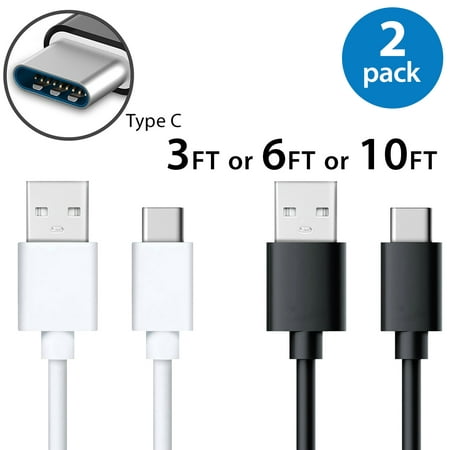USB Magnetic Universal Charging Cable, LED Flowing Light Magnetic Cable For Apple, Samsung, Android
Universal 3in1 LED Magnetic Charging Cable.Flowing LED lights give you a different charging experience, and you can quickly find your iphone at night. Full of science and technology, looking forward to your attempt3 in 1 magnetic reversible cable can support Android mobile phone devices. The magnet adapter and cable are connected via rare neodymiond magnets. It takes minimal effort to connect and charge your devices. In addition, the iPhone magnetic adapter side or Android magnetic adapter side makes charging easy and very convenient to use! Connector is small yet makes a strong, secure connection with magnetic cableThis 3 in 1 USB charging cable is a perfect multi-functional accessory that can be used with the majority of your gadgets. No longer will there be the need to carry along multiple cables for your phones, laptop, tablet, power banks, and other electronic devices.This cable is designed for charging only, not for data transfer! Current VisibilityCompatible With:Support iX,IP 8 Plus 5, 5c, 5s, SE, 6, 6 Plus, 6s, 6s Plus, 7, 7 Plus,,X,XS Max LG G5/G6, Nexus 5X/6P, Samsung Galaxy S8,S9, S10, S20 , HUAWEI P20, Pixel and More Type C and Micro USB Devices


















Reviews
There are no reviews yet.